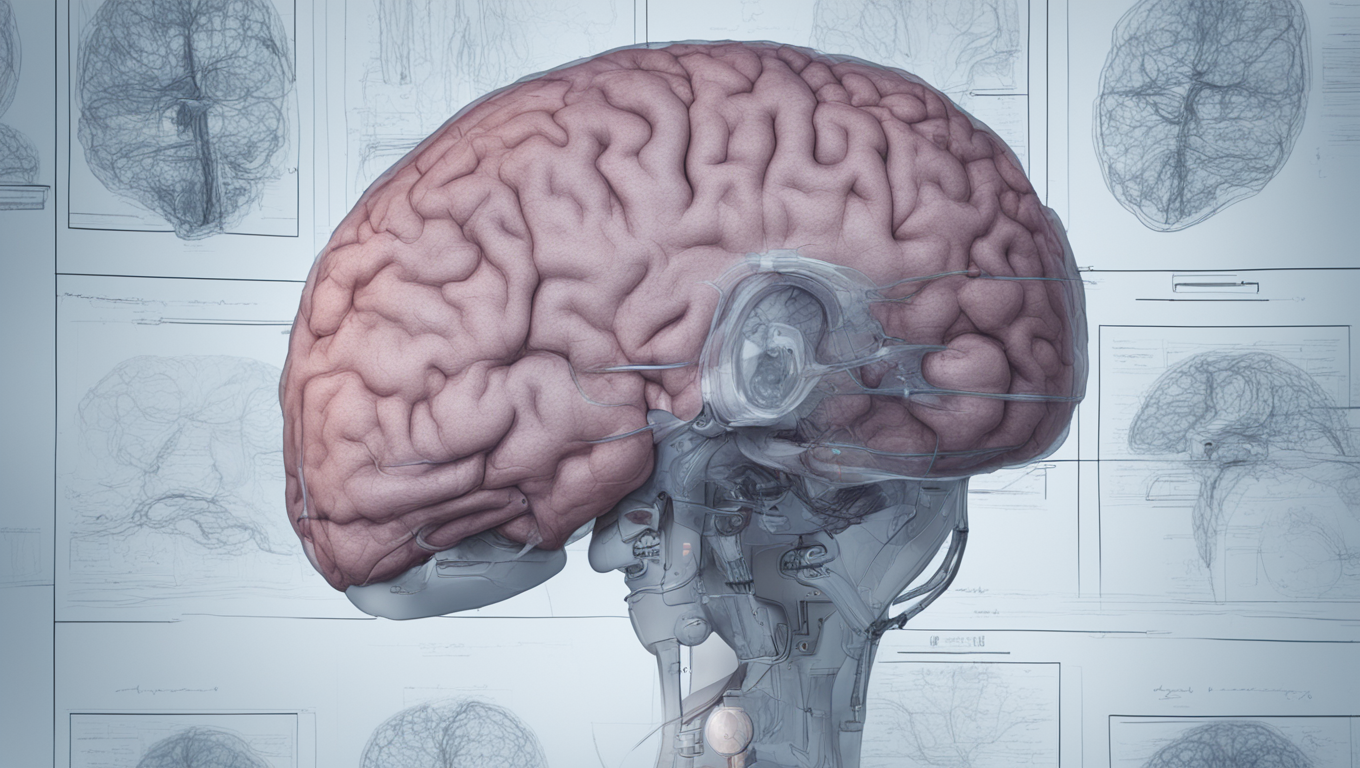Scientists have made a groundbreaking discovery in the world of medical imaging, revolutionizing the way doctors diagnose and treat diseases. A new artificial intelligence (AI) model has been developed that not only accurately identifies tumors and diseases in medical images, but also explains each diagnosis with a visual map, enhancing both diagnostic accuracy and transparency.
The unique feature of this AI model, described in the journal IEEE Transactions on Medical Imaging, allows doctors to easily follow its line of reasoning, double-check for accuracy, and explain the results to patients. This level of transparency is a significant advancement in the field, as it enables doctors to understand how the model arrived at its conclusions, ensuring a higher level of trust in its accuracy.
“The idea is to help catch cancer and disease in its earliest stages — like an X on a map — and understand how the decision was made,” explains Sourya Sengupta, the lead author of the study and a graduate student at the Beckman Institute for Advanced Science and Technology in the US. “Our model will help streamline that process and make it easier on doctors and patients alike.”
In many developing countries where there is a scarcity of doctors and a long line of patients, AI can be a crucial tool in speeding up the diagnostic process. Sengupta notes that the AI model is not meant to replace the skill and expertise of doctors, but rather to assist them in their work. The AI model can pre-scan medical images and flag those containing something unusual, such as a tumor or an early sign of disease, for a doctor’s review. This method saves time and can improve the performance of the doctor tasked with analyzing the scans.
While existing AI models can accurately flag abnormalities in medical images, they often fall short in providing a clear explanation of why an image was flagged as abnormal. The new AI model, however, interprets itself every time, providing a detailed explanation for each decision instead of a simple binary result of “tumor versus non-tumor.” This self-interpretation feature adds an extra layer of clarity and enhances the trust between doctors, patients, and the AI model.
To train their model, the researchers used more than 20,000 images for three different disease diagnosis tasks. The model was trained to flag early signs of tumors in simulated mammograms, identify a buildup called Drusen in optical coherence tomography (OCT) images of the retina, and detect cardiomegaly, a heart enlargement condition, in chest X-rays. The researchers found that the model performed comparably to existing AI systems, with accuracy rates of 77.8% for mammograms, 99.1% for retinal OCT images, and 83% for chest X-rays.
These remarkable accuracy rates are attributed to the AI model’s deep neural network, which mimics the complexity and nuance of human neurons in making decisions. The AI model’s ability to interpret itself provides valuable insights into its decision-making process, ultimately improving diagnostic accuracy and transparency in medical imaging.
With this groundbreaking advancement, doctors around the world will have access to a powerful tool that can assist them in detecting diseases at their earliest stages, improving patient outcomes, and streamlining the diagnostic process. As technology continues to evolve, we can only expect further breakthroughs in the field of medical imaging, serving as a testament to the power of artificial intelligence in revolutionizing healthcare.





Use the share button below if you liked it.